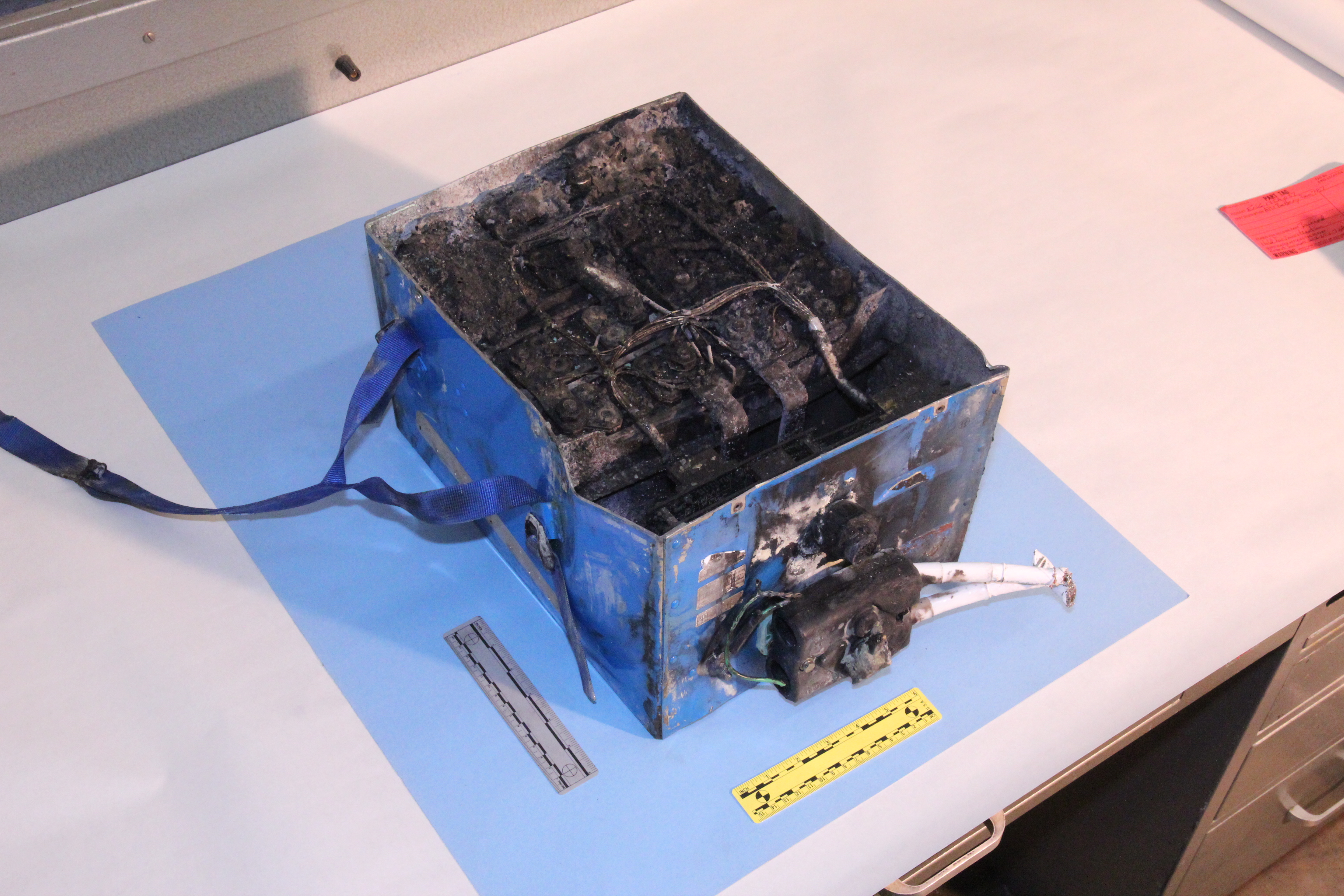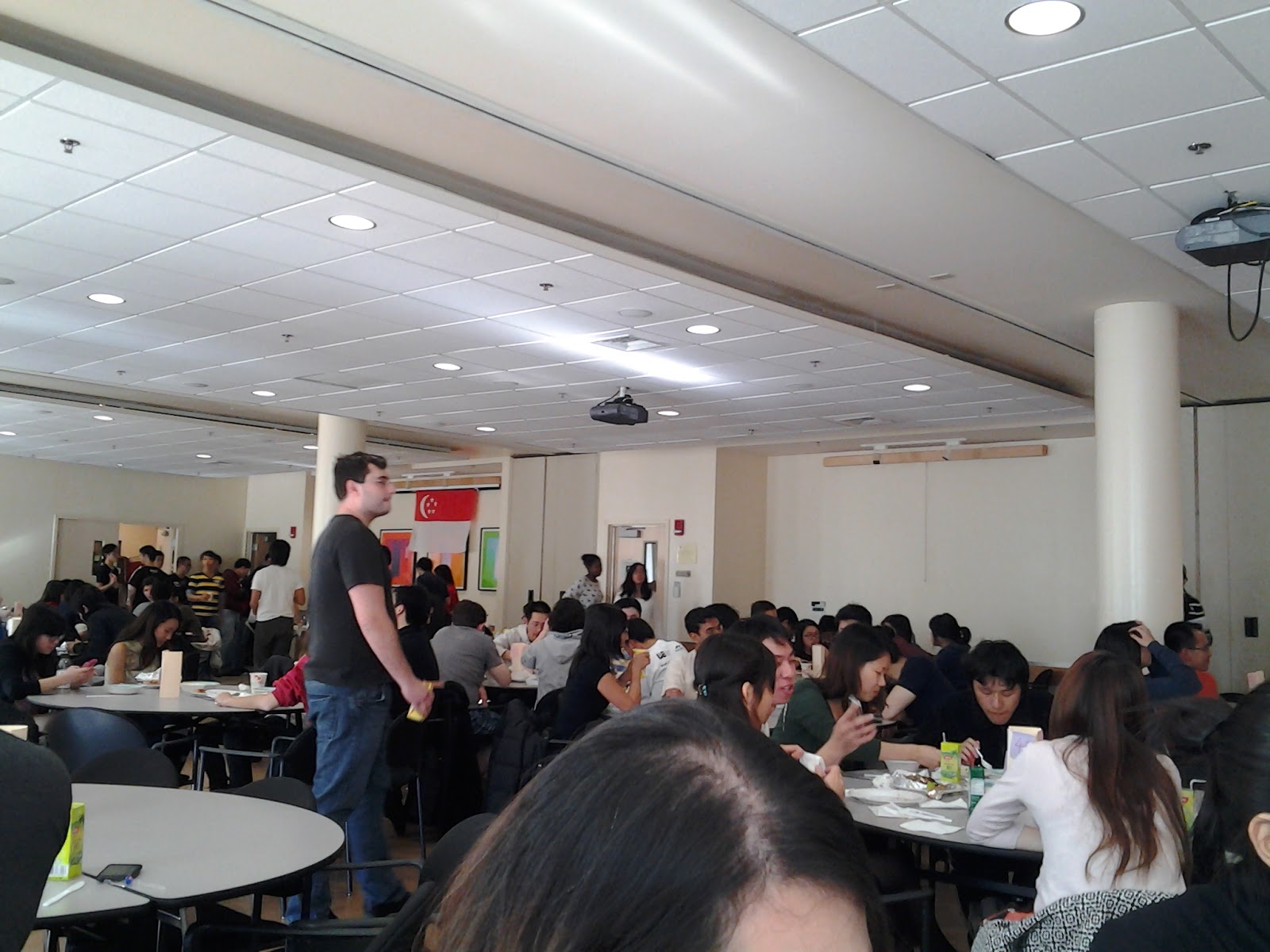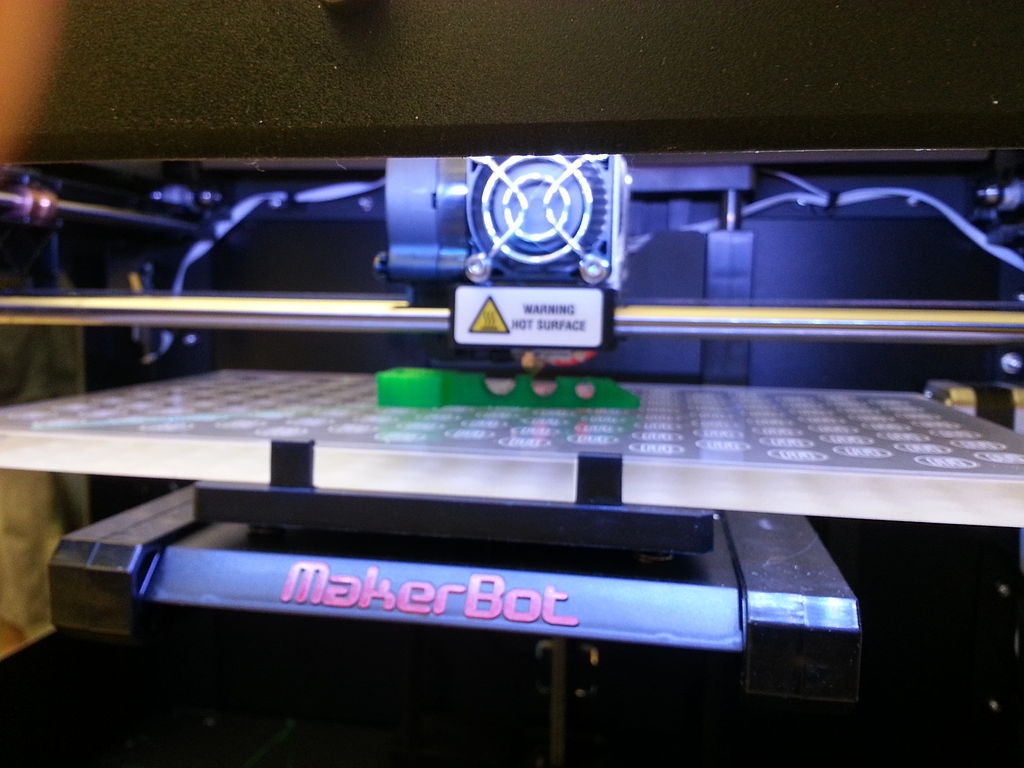I had a reservation for four at 7 pm on Saturday night. I had reminded the three friends joining me for dinner to be punctual, and we were all at the restaurant as the clock struck seven. Still, we had to wait fifteen minutes before we were finally seated in the crowded restaurant.
Tag: class assignment
An interview with Dipul Patel
Another class assignment, this time a one-minute interview-style video of an expert explaining something that he/she is familiar with. My pick – Dipul Patel of ecoVent. Smartphones? Smart homes. from XiaoZhi Lim on Vimeo.
Explainer for the question: Can the batteries in your laptop catch on fire?
The U.S. Federal Aviation Administration grounded Boeing’s 787 Dreamliner fleet recently because of lithium-ion battery fire incidents. Similar lithium-ion batteries are found in many consumer electronic devices such as laptops, cameras and cellphones. Can the batteries in your laptop catch on fire?
Rise and Shine at Haymarket
For one of my classes, I was assigned to head out in the morning before dawn and document how something gets set up. That was why, two Fridays ago, I pulled myself out of bed at 5 am to get to Haymarket at about 6.30am. Sadly, I was only there for ten minutes before someone… Continue reading Rise and Shine at Haymarket
An old news story – Kopitiam in Boston
Yes, it really is an old news story – so old that I got a little embarrassed to send my professor another reminder that it’s still not on the BU News Service website. But still, I think it deserves to be out there, and so, even though this is supposed to be a science blog, I’m going to very shamelessly self-publish my story here: Kopitiam in Boston.
Kopitiam in Boston
As noon approached on a recent Sunday, a line of people began to form outside the multi-purpose room in the M.I.T. Sidney Pacific Graduate Residence. These people were mostly from Singapore, queuing patiently, as Singaporeans are known to do, for good food. The rich aromas of cooking curry mixed with various aromatic spices began to waft from the doors. The chatter grew louder, more animated, until it abruptly fell to an absolute silence as a student came out of the multi-purpose room and calmly began to instruct people what to do once they went in. Then, the line started moving. The kopitiam was open for business.
First real publication!
I am required to file a new 500-word story every Wednesday at 2 pm for one of my classes. Which means that usually, that new story gets written between noon and 2 pm, during my two-hour break which is also supposed to be my lunch break. So I was really, really pleasantly surprised when my professor liked the mushroom story enough to have me do some edits and get it up on the Boston University News Service website!
Print the Organ that You Need
Imagine printing a picture on a piece of paper, and printing over it repeatedly such that the picture ‘grows’ out of the paper and into a three-dimensional structure. Researchers from University of California, San Diego and collaborators from Zhejiang University did that, but with biocompatible polymers instead of regular ink to form complex three-dimensional scaffolds. The researchers can then inject living cells into these scaffolds to create artificial organs.
Broadcast of the Human Sperm Swimming Olympics
Human sperm’s race to their finish line used to be a private affair. Now, scientists at the University of California, Los Angeles, have developed a novel technique to view and monitor the sperm’s movement patterns in a dish.
Tofu, contact lens and cartilage
For many people with severely torn ligaments or knee replacements, the ability to run and jump as though they have never been injured before remains a dream. Tissue engineering might lead to the day when damaged cartilage can simply be replaced with synthetic materials that resemble human tissue, giving injured joints new life. In an article published last week in Nature, that day comes closer when a team of eight scientists reported the synthesis of a novel hydrogel that is extraordinarily strong, stretchable and capable of self-healing.









